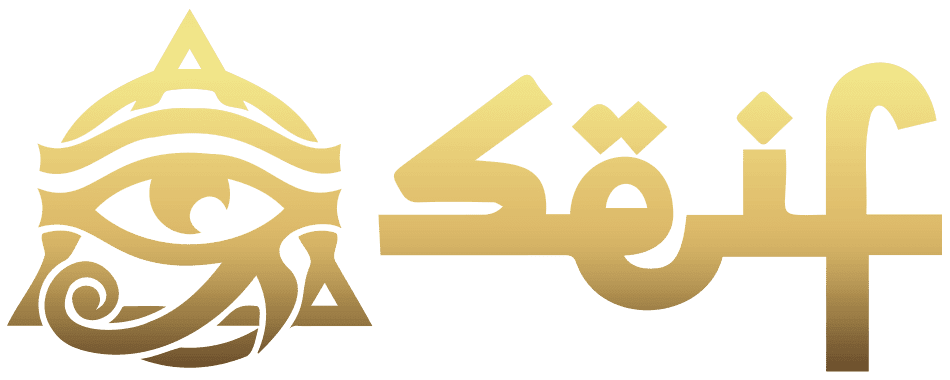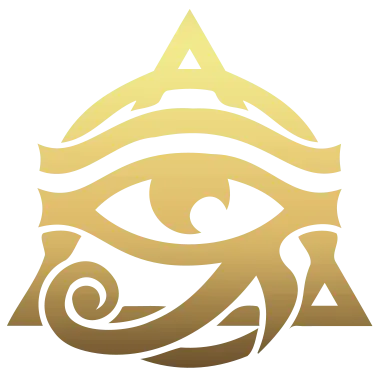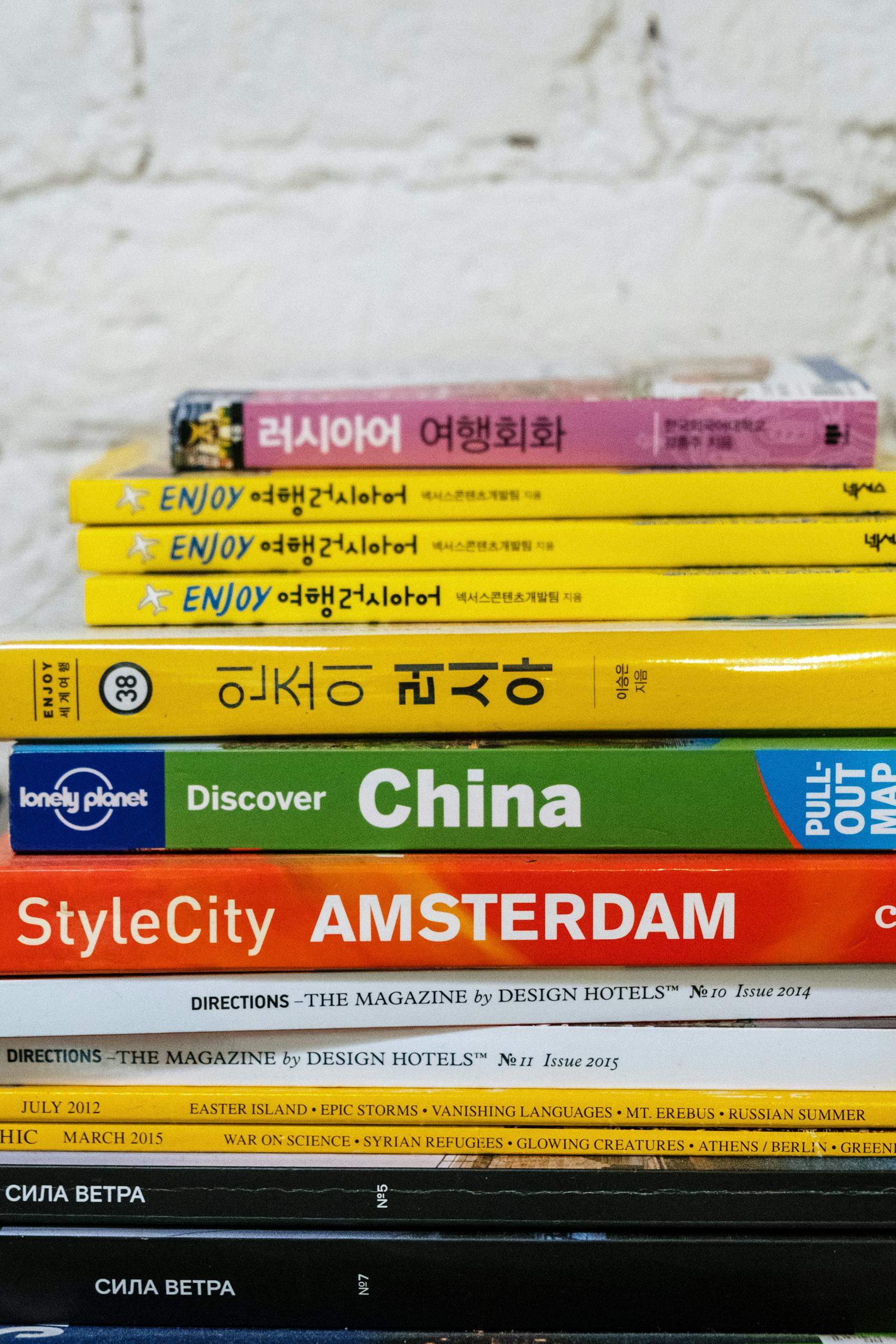10 of the Hardest Languages in the World: Dare to Master One of Them? 💥
Learning a new language can be one of the most rewarding and intellectually stimulating experiences of your life. It opens doors to new cultures, careers, and perspectives. However, not all languages are equally approachable. Some require years of disciplined study, complete immersion, and a high tolerance for confusion. This article explores ten of the most difficult languages to learn in the world, based on linguistic complexity, grammar structure, writing system, pronunciation, and number of native speakers. Many of these languages are evaluated using the U.S. Foreign Service Institute (FSI) rankings, linguistic studies, and expert opinions from polyglots. These languages are not just hard—they’re masterpieces of linguistic engineering. If you’ve ever felt that Spanish or French is a challenge, buckle up!
Whether you’re a seasoned linguist or a curious beginner, these languages are sure to stretch your limits and grow your skills. If you’re currently tackling Dutch, Arabic, or even something like Mandarin, you’re not alone. Want motivation and resources for your language journey? Join our WhatsApp community for language learners where we share tools, tips, and daily challenges to keep you going. Now, let’s explore the world’s toughest linguistic terrains and see if you dare to master one of them. 💥
1. Mandarin Chinese (中文)
Mandarin Chinese is considered the most difficult language for English speakers by the FSI. It has **four distinct tones**, each giving different meanings to the same syllable. Mispronounce “ma,” and you could be saying “mother,” “horse,” or even a curse word. The writing system is logographic with **over 50,000 characters**, though about 3,000–4,000 are used regularly.
Grammar might seem easier due to its lack of verb conjugations and articles, but mastering listening and reading is a daunting task.
Useful link: Learn Chinese on Duolingo
2. Arabic (العربية)
Arabic ranks high in difficulty due to its **complex grammar, unfamiliar sounds**, and diglossia—Modern Standard Arabic differs greatly from local dialects like Egyptian or Levantine. The **Arabic script** is cursive, read right-to-left, and changes shape based on position in a word.
Its pronunciation includes emphatic sounds and guttural letters not found in many other languages. Despite these hurdles, it’s the official language of over 20 countries.
Want to practice Arabic? Join our Arabic learning channel on WhatsApp.
3. Japanese (日本語)
Japanese is known for its **three writing systems**: hiragana, katakana, and kanji. Kanji, adopted from Chinese characters, requires learners to memorize thousands of unique symbols. Grammar differs significantly from English with subject-object-verb word order and a nuanced system of politeness levels.
Pronunciation is straightforward, but reading and writing proficiency can take years to achieve.
Try the app WaniKani for Kanji practice.
4. Korean (한국어)
Korean is a language isolate with a unique script—**Hangul**—invented for ease of learning. However, Korean’s difficulty lies in its **complex verb conjugation, honorifics**, and context-driven grammar.
It also uses **agglutination**, where words are formed by stringing together morphemes, and sentence endings change based on age, status, and situation.
Learn with: How To Study Korean
5. Hungarian (Magyar)
Hungarian belongs to the Uralic language family and is known for its **18 grammatical cases**, vowel harmony, and flexible word order. It uses many suffixes to modify meaning, which can be difficult for learners used to prepositions.
Despite its challenge, it’s a highly logical and expressive language.
Learn with: Hungarian on Wikipedia
6. Finnish (Suomi)
Finnish shares its roots with Hungarian and Estonian. With **15 grammatical cases**, long compound words, and a rich system of vowel harmony, it’s a tough nut to crack. Finnish also features **consonant gradation**, where consonants change based on grammar rules.
It may not share much vocabulary with English, but its logic and regularity are praised by linguists.
Try: Uusi kielemme – Finnish Grammar Guide
7. Basque (Euskara)
Basque is a **language isolate**, unrelated to any other language in the world. It’s spoken by fewer than a million people but is fiercely preserved.
Its grammar features **ergative-absolutive alignment**, verb conjugations that change based on multiple subjects, and extensive use of affixes. It’s a linguistic enigma even for seasoned learners.
Read more: Basque Language on Wikipedia
8. Icelandic (Íslenska)
Icelandic remains close to Old Norse, the language of Vikings. Its **grammar includes four cases**, verb inflections, and archaic vocabulary.
New words are often coined using old roots, maintaining linguistic purity. Pronunciation and compound words also add layers of difficulty.
Learn at: Icelandic Online
9. Navajo (Diné Bizaad)
Navajo is an **Athabaskan** language with a structure entirely different from English. Its verbs are extremely complex, encoding meaning for tense, aspect, mood, and subject all at once.
The language is also **tonal** and has concepts that don’t translate into English, which contributed to its use as an unbreakable code during WWII.
Explore: Navajo Word of the Day
10. Polish (Polski)
Polish is a **West Slavic** language known for its **consonant clusters**, seven grammatical cases, and complex gender system. Pronunciation can be intimidating, with sounds like “szcz” or “cz”.
Still, it’s a logical and rule-based language with a rich literary tradition.
Practice here: Polski Daily
Conclusion
Mastering one of the world’s hardest languages is no small feat—it requires time, effort, and a deep love for language itself. But with persistence and the right resources, it’s entirely possible. These languages might be difficult, but they reward their learners with unique insights into human thought and culture.
Dare to master one of them? Start your journey with support from our WhatsApp language learning community and find daily motivation, tools, and a network that shares your passion. 💪🌍


